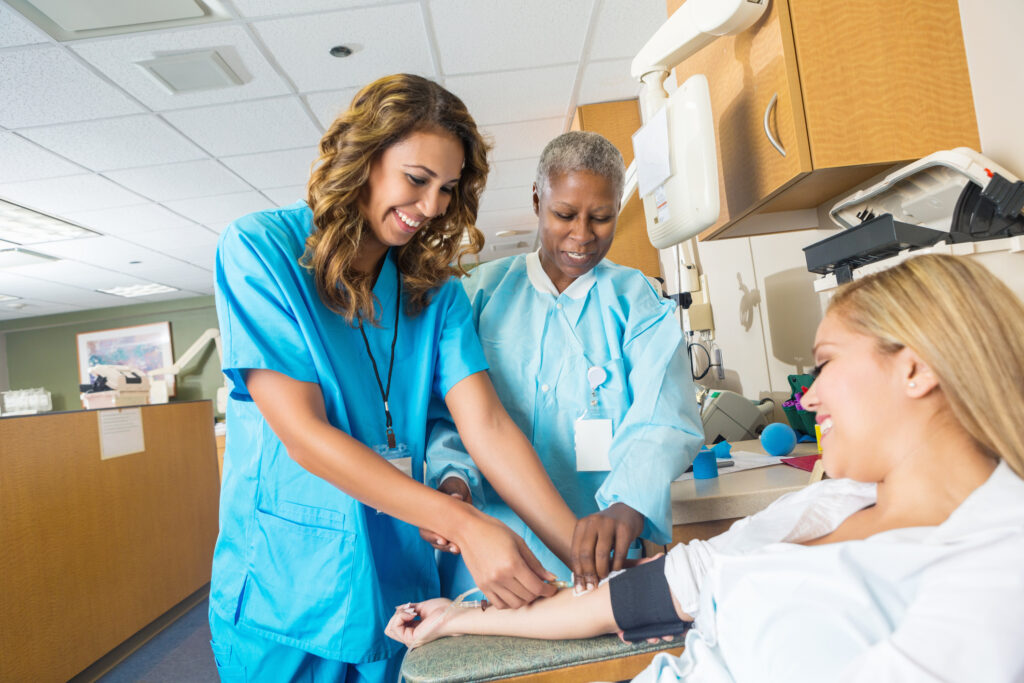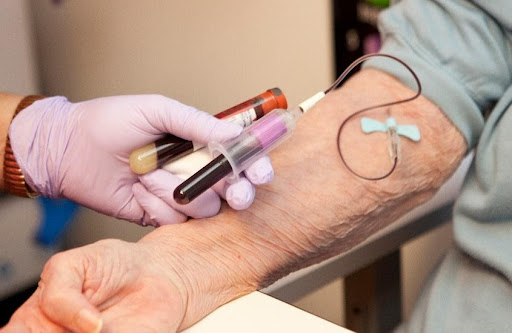The 4-Minute Rule for Northeast Medical Institute - New Haven Campus Phlebotomy Course & Cna Class
The 4-Minute Rule for Northeast Medical Institute - New Haven Campus Phlebotomy Course & Cna Class
Blog Article
The 10-Second Trick For Northeast Medical Institute - New Haven Campus Phlebotomy Course & Cna Class
Table of ContentsNortheast Medical Institute - New Haven Campus Phlebotomy Course & Cna Class Can Be Fun For EveryoneHow Northeast Medical Institute - New Haven Campus Phlebotomy Course & Cna Class can Save You Time, Stress, and Money.The Best Guide To Northeast Medical Institute - New Haven Campus Phlebotomy Course & Cna ClassExcitement About Northeast Medical Institute - New Haven Campus Phlebotomy Course & Cna ClassNortheast Medical Institute - New Haven Campus Phlebotomy Course & Cna Class Fundamentals Explained3 Easy Facts About Northeast Medical Institute - New Haven Campus Phlebotomy Course & Cna Class Shown
The use of such devices should be come with by various other infection avoidance and control techniques, and training in their usage. Not all security devices apply to phlebotomy. Prior to choosing a safety-engineered device, users need to extensively examine available tools to determine their appropriate use, compatibility with existing phlebotomy methods, and effectiveness in safeguarding team and individuals (12, 33).For setups with low sources, cost is a driving element in purchase of safety-engineered gadgets - PCT Training. Where safety-engineered gadgets are not available, skilled usage of a needle and syringe serves. Unexpected exposure and certain information concerning an occurrence ought to be taped in a register. Support solutions ought to be advertised for those that undergo unintended exposure.
labelling); transportation conditions; interpretation of outcomes for clinical administration. In an outpatient department or facility, give a dedicated phlebotomy workstation containing: a clean surface area with 2 chairs (one for the phlebotomist and the various other for the person); a hand clean container with soap, running water and paper towels; alcohol hand rub. In the blood-sampling space for an outpatient department or clinic, provide a comfortable reclining sofa with an arm remainder.
What Does Northeast Medical Institute - New Haven Campus Phlebotomy Course & Cna Class Do?
Guarantee that the signs for blood sampling are plainly specified, either in a composed method or in documented guidelines (e.g. in a laboratory form). Whatsoever times, adhere to the techniques for infection avoidance and control listed in Table 2.2. Infection avoidance and control practices. Gather all the tools needed for the procedure and location it within secure and easy reach on a tray or cart, guaranteeing that all the products are clearly noticeable.
Where the patient is adult and conscious, adhere to the actions outlined below. Introduce yourself to the client, and ask the individual to state their complete name. Inspect that the research laboratory kind matches the patient's identification (i.e. match the patient's details with the laboratory form, to guarantee precise identification). Ask whether the patent has allergies, phobias or has ever collapsed throughout previous shots or blood attracts.
Make the client comfortable in a supine position (preferably). Location a clean paper or towel under the client's arm. Talk about the test to be performed (see Annex F) and get spoken permission. The client has a right to reject an examination at any type of time before the blood tasting, so it is crucial to guarantee that the patient has actually comprehended the procedure.
The Ultimate Guide To Northeast Medical Institute - New Haven Campus Phlebotomy Course & Cna Class
Prolong the person's arm and inspect the antecubital fossa or forearm. Find a blood vessel of an excellent size that shows up, straight and clear. The representation in Area 2.3, reveals usual settings of the vessels, but numerous variations are feasible. The mean cubital blood vessel exists between muscle mass and is normally one of the most very easy to puncture.
DO NOT insert the needle where veins are drawing away, due to the fact that this boosts the possibility of a haematoma. Finding the vein will certainly aid in determining the right size of needle.
Specimens from main lines carry a threat of contamination or incorrect laboratory examination results. It is a fantastic read acceptable, yet not excellent, to draw blood specimens when very first introducing an in-dwelling venous device, before attaching the cannula to the intravenous fluids.
6 Simple Techniques For Northeast Medical Institute - New Haven Campus Phlebotomy Course & Cna Class
Failure to enable sufficient call time raises the risk of contamination. DO NOT touch the cleaned site; in specific, DO NOT position a finger over the blood vessel to lead the shaft of the revealed needle.
Ask the person to create a fist so the veins are more popular. Get in the blood vessel promptly at a 30 level angle or much less, and proceed to introduce the needle along the capillary at the simplest angle of entrance - PCT Training. As soon as enough blood has actually been gathered, release the tourniquet prior to taking out the needle
The Buzz on Northeast Medical Institute - New Haven Campus Phlebotomy Course & Cna Class
Withdraw the needle gently and apply gentle stress to the website with a clean gauze or dry cotton-wool sphere. Ask the individual to hold the gauze or cotton wool in place, with the arm extended and raised. Ask the patient NOT to bend the arm, because doing so triggers a haematoma.

The Ultimate Guide To Northeast Medical Institute - New Haven Campus Phlebotomy Course & Cna Class
Do not push the syringe bettor because extra pressure boosts the threat of haemolysis. Where possible, keep the tubes in a shelf and relocate the shelf in the direction of you. Infuse downwards into the suitable coloured stopper. DO NOT get rid of the stopper due to the fact that it will certainly release the vacuum. If the sample tube does not have a rubber stopper, inject very gradually right into the tube as minimizing the pressure and speed utilized to move the specimen reduces the risk of haemolysis.

Report this page